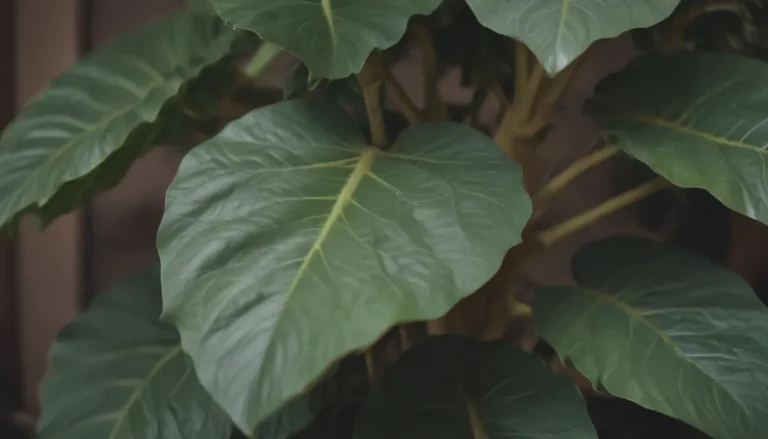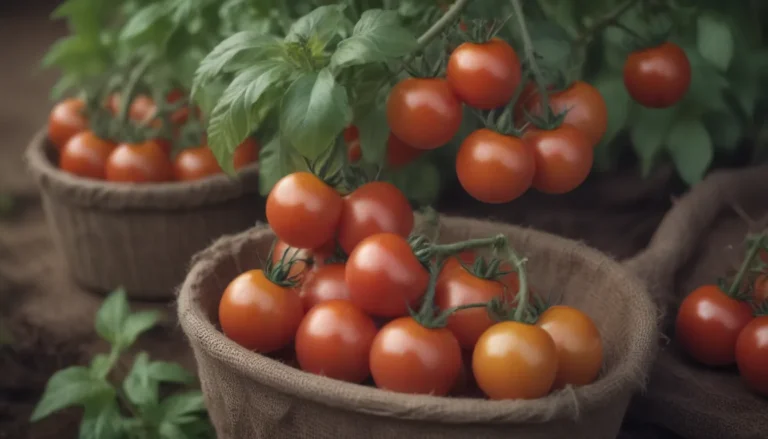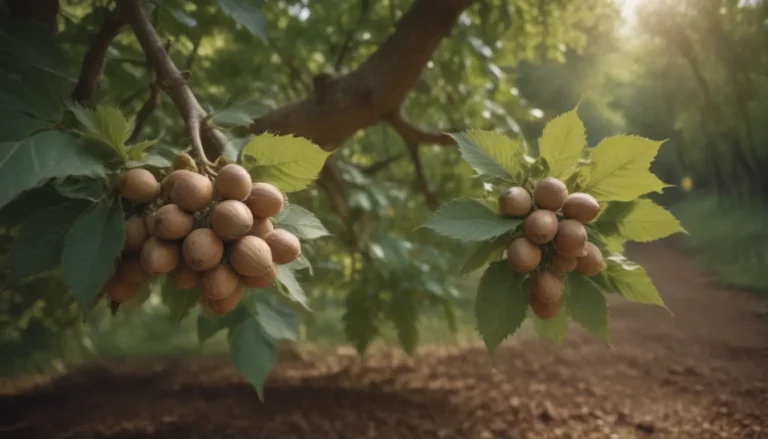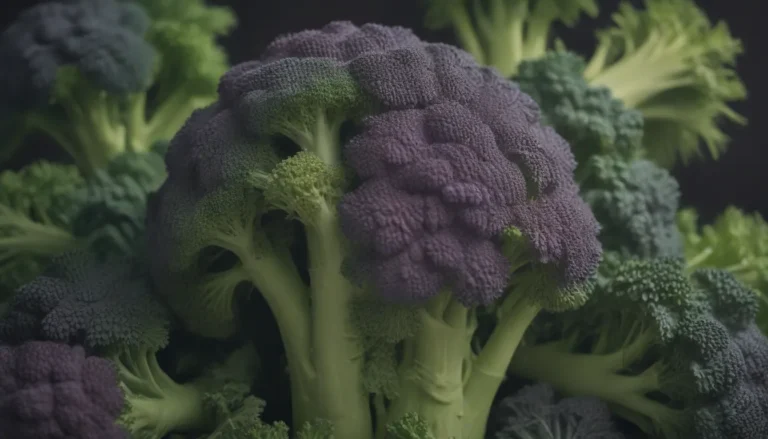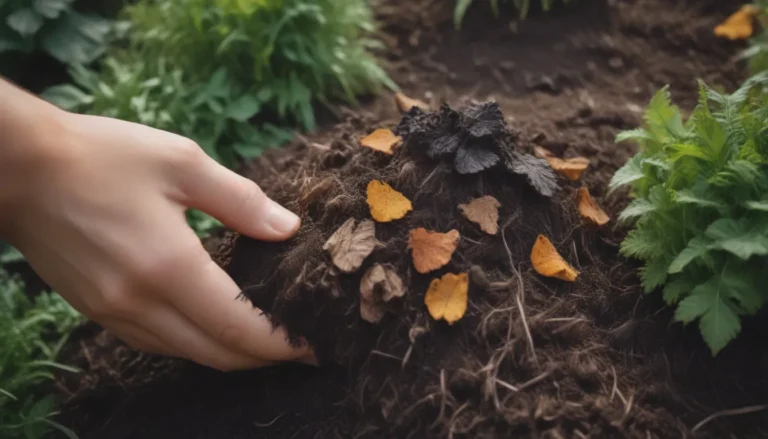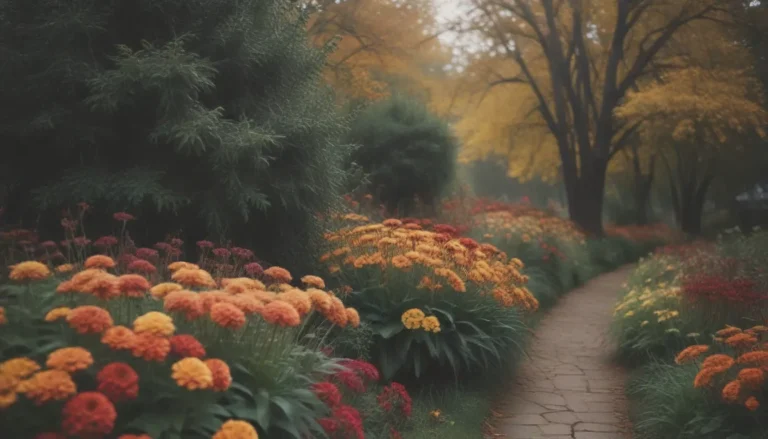The Ultimate Guide to Growing and Caring for Cockscomb Flowers
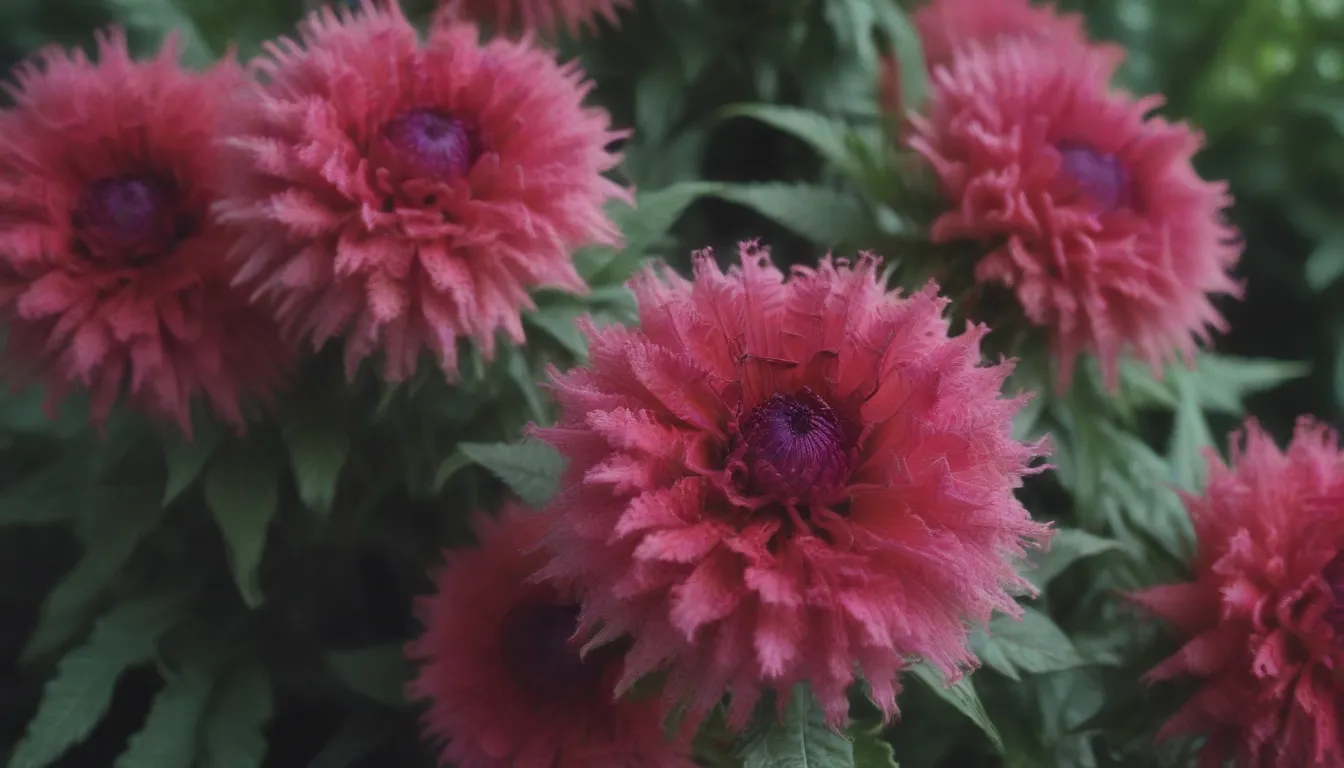
If you’re looking to add a burst of color and unique texture to your garden, look no further than cockscomb flowers. These stunning blooms, named for their resemblance to a rooster’s comb, belong to the Celosia genus within the Amaranthaceae family. The Cristata Group, commonly known as cockscomb, features vibrant blooms in shades of red, pink, yellow, or white, and distinctive comb-like shapes that add a touch of whimsy to any garden.
Cockscomb is a versatile plant that can be grown as an annual or a perennial, depending on your climate. In warmer regions, it can thrive year-round, while in colder areas, it’s best planted as an annual. Whether you’re a seasoned gardener or a beginner looking to expand your floral repertoire, growing and caring for cockscomb is a rewarding experience that doesn’t require a green thumb.
Cockscomb Care Tips
Cockscomb is a low-maintenance plant that rewards gardeners with its long-lasting blooms and vibrant colors. Here are some tips to help you care for your cockscomb plants and ensure they thrive:
Light
- Full Sun: Cockscomb plants thrive in full sun, so make sure they receive at least 8 hours of direct sunlight each day. While they can tolerate some shade, too much shade can lead to moisture buildup and increase the risk of fungal diseases.
Soil
- Rich, Well-Draining Soil: Cockscomb prefers nutrient-rich soil with a neutral to slightly acidic pH. Ensure the soil is well-draining to prevent issues with fungal diseases.
Water
- Regular Watering: Keep the soil evenly moist by watering regularly, but be careful not to overwater. Check the top inch or two of the soil and water when it feels dry to the touch. Water at the base of the plant to avoid wetting the leaves.
Temperature and Humidity
- Warm Climates: Cockscomb thrives in warm climates and can be perennial in zones 9-11. It can tolerate both low and high humidity levels.
Fertilizer
- Compost Amendment: Before planting, enrich the soil with compost to provide essential nutrients and improve drainage. During the growing season, apply liquid fertilizer monthly to support blooming.
Pest and Disease Resistance
Cockscomb is generally resistant to pests and diseases, but fungal diseases can be a concern. Keep an eye out for any signs of disease and treat promptly to prevent spread.
How to Propagate Cockscomb
If you want to expand your cockscomb collection or share these beautiful flowers with friends, you can propagate them easily through cuttings. Here’s how:
- Take a cutting: Select a healthy stem and cut a 4-6 inch piece just below a leaf node.
- Remove lower leaves: Strip the lower leaves from the cutting, leaving a few at the top.
- Place in water: Place the cutting in a glass of water and wait for roots to develop.
- Plant in soil: Once roots have formed, plant the cutting in moist soil and keep it well-watered until established.
Growing Cockscomb from Seed
If you prefer starting from scratch, growing cockscomb from seed is a rewarding and straightforward process. Follow these steps to ensure success:
- Timing: Start seeds indoors 8-10 weeks before your last frost date for planting. In warmer climates, seeds can be sown directly in the garden.
- Planting: Sow seeds in well-draining soil and keep them moist until germination occurs.
- Thin Seedlings: Once seedlings have sprouted, thin them to allow for proper spacing and airflow.
- Transplanting: When seedlings are large enough to handle, transplant them to their final growing location.
Potting and Repotting Cockscomb
Cockscomb is well-suited to container gardening, thanks to its compact size and vibrant blooms. Follow these tips for potting and repotting your cockscomb plants:
- Container Selection: Choose a pot with good drainage holes to prevent waterlogging.
- Repotting: Cockscomb plants do not require frequent repotting, as they do not handle transplanting well. If repotting is necessary, do so with care to minimize stress on the plant.
- Soil: Use well-draining potting soil rather than garden soil for optimal growth.
- Watering: Ensure the plant receives adequate water, but be mindful not to overwater.
Overwintering Cockscomb
While cockscomb thrives in warm temperatures, it cannot tolerate cold climates and is best grown as an annual in colder regions. If you live in an area with cold winters, consider bringing your cockscomb plants indoors to protect them from frost. In warmer climates, no extra care is necessary, as cockscomb will continue to bloom throughout the year.
By following these care tips and propagation methods, you can enjoy the beauty of cockscomb flowers in your garden year after year. Whether you’re a seasoned gardener or a beginner looking to add a pop of color to your outdoor space, cockscomb is a versatile and rewarding plant that’s sure to impress. Happy gardening!
